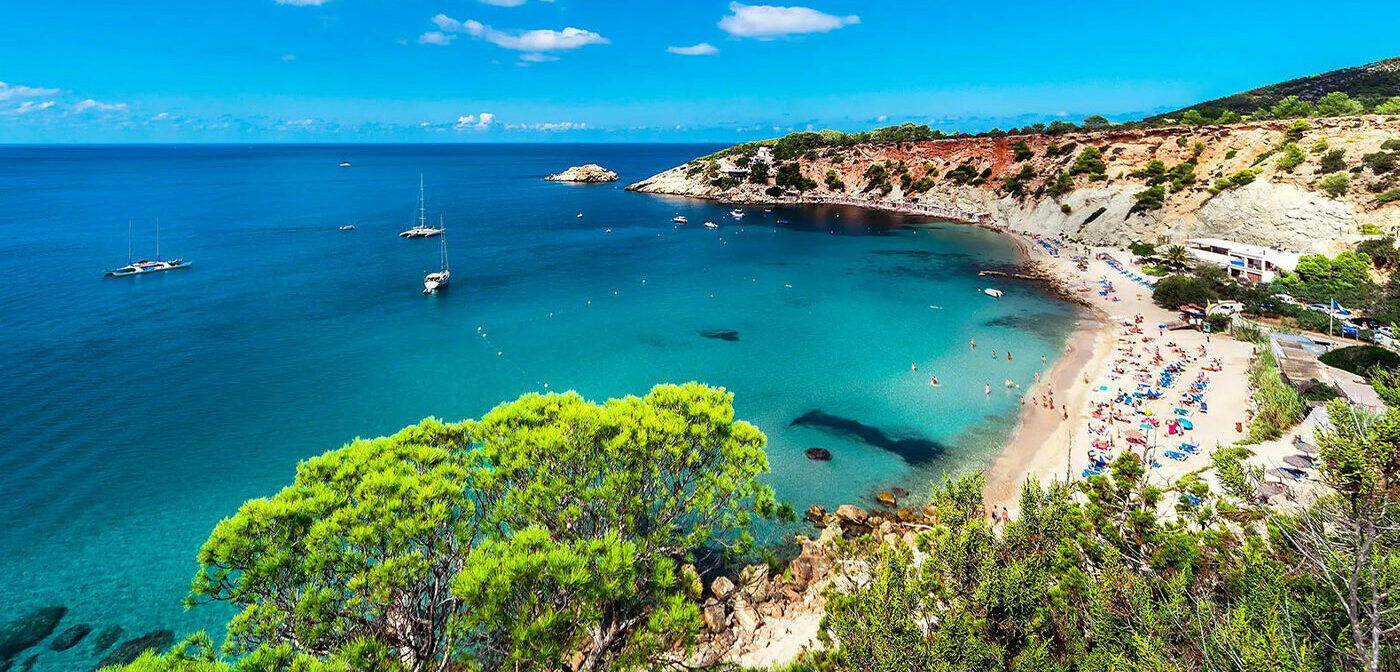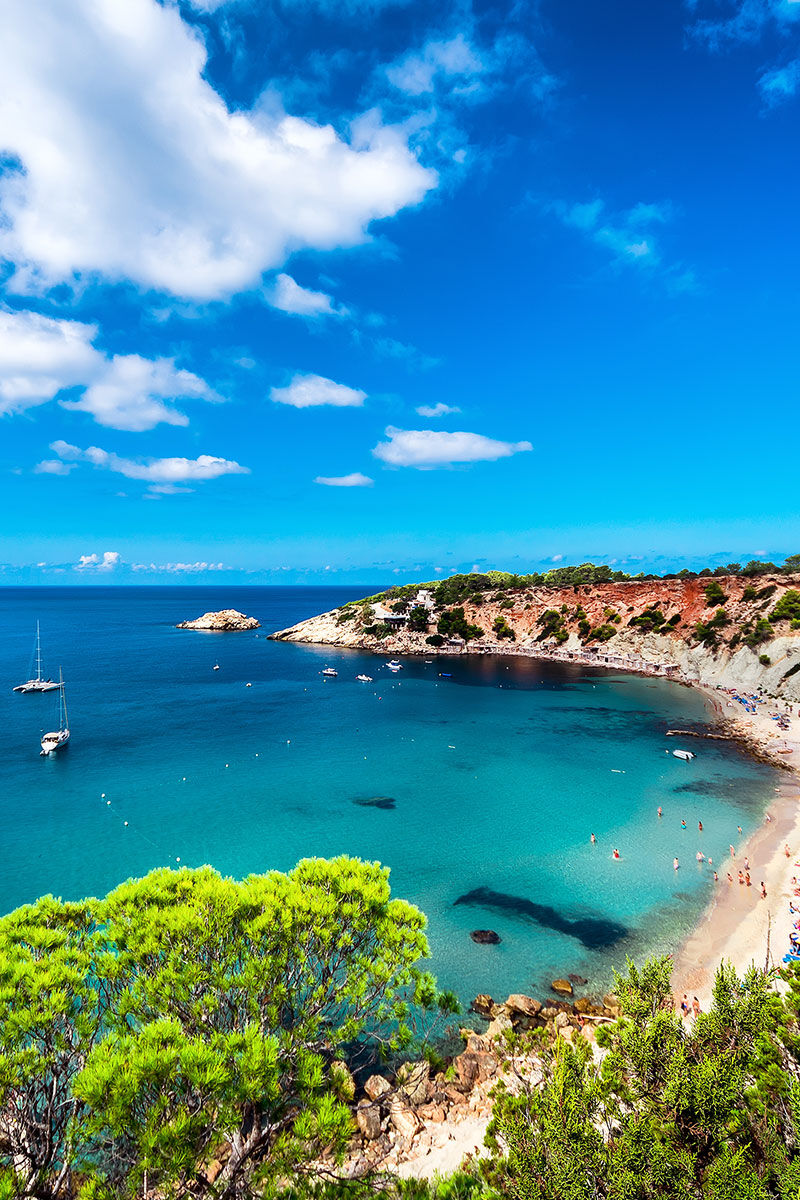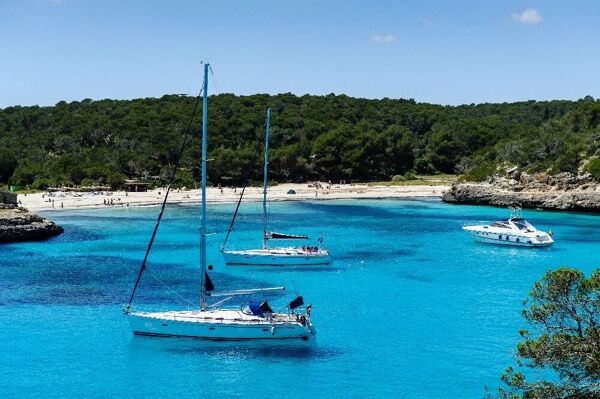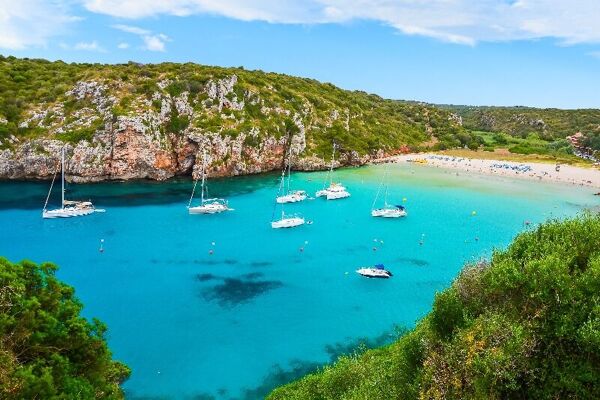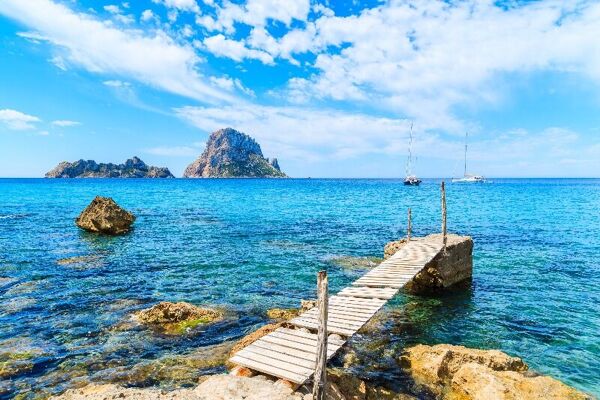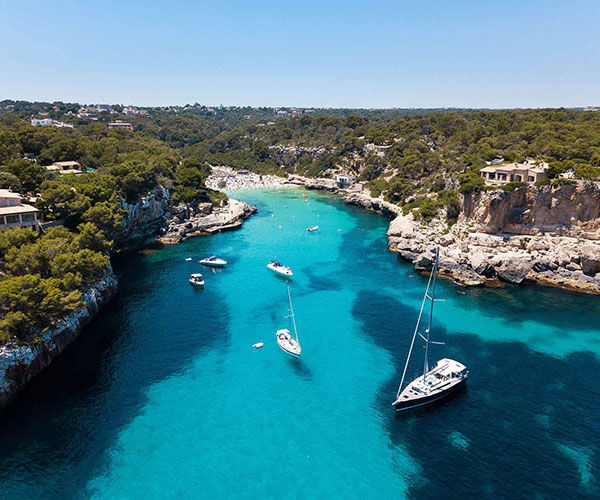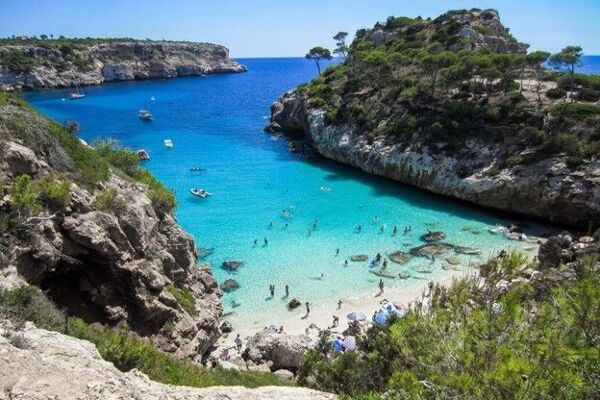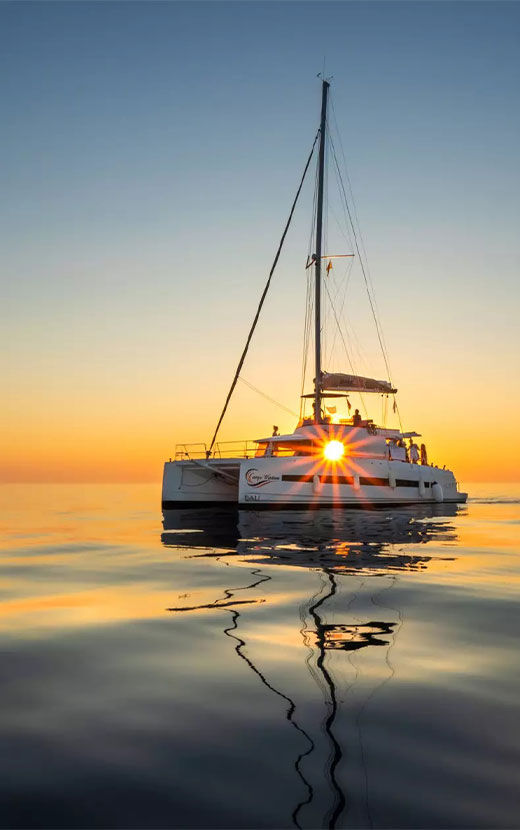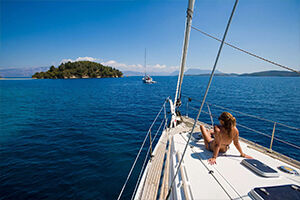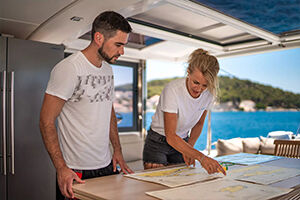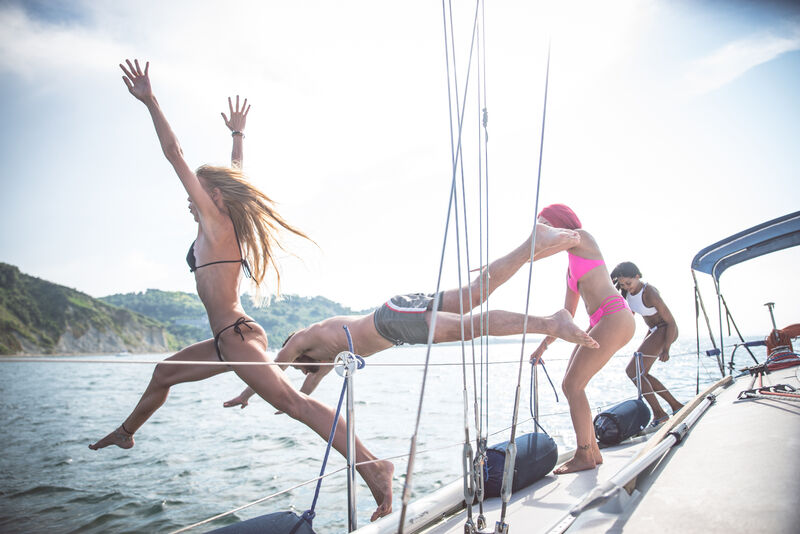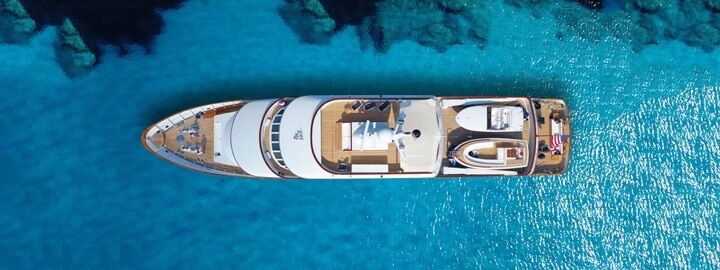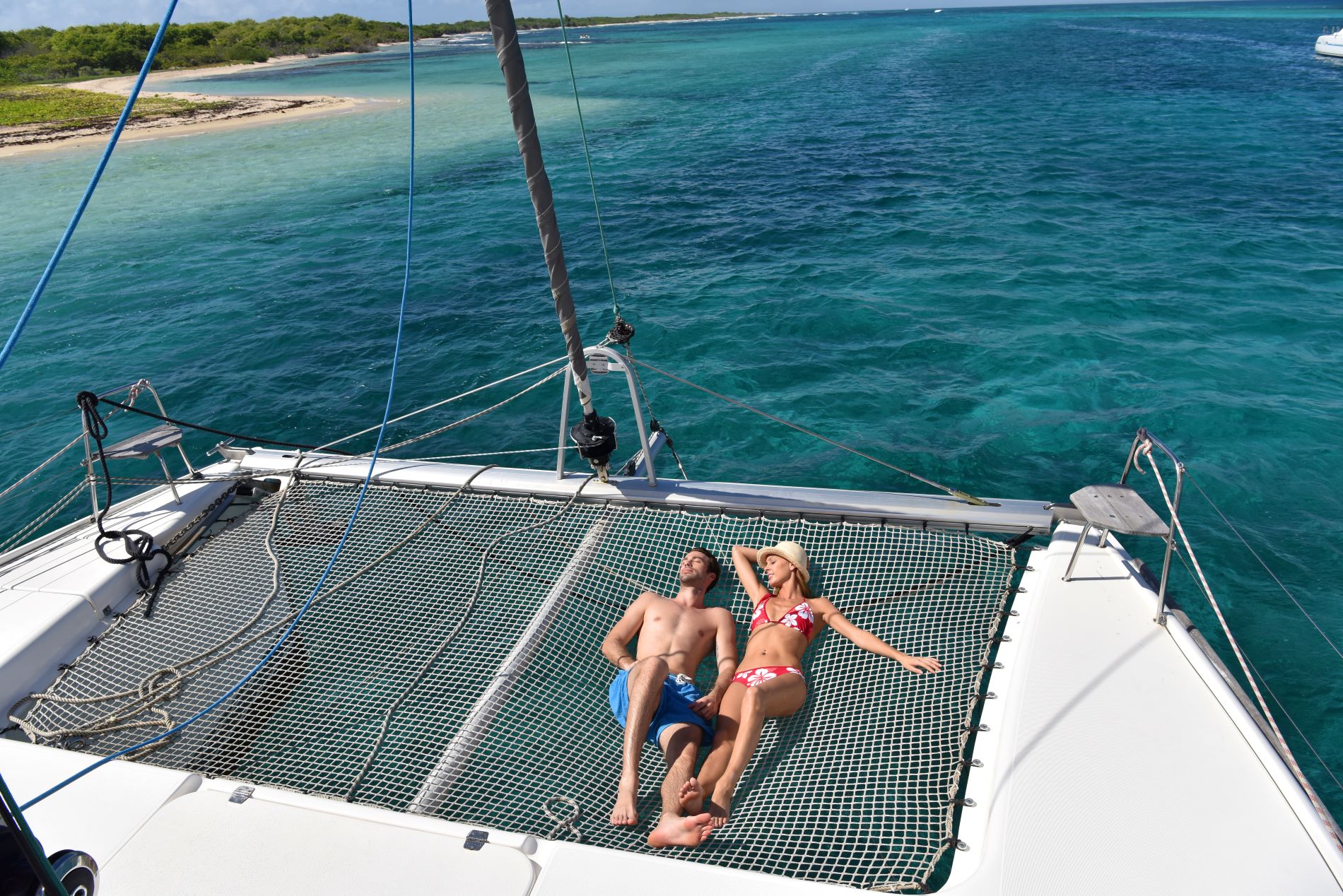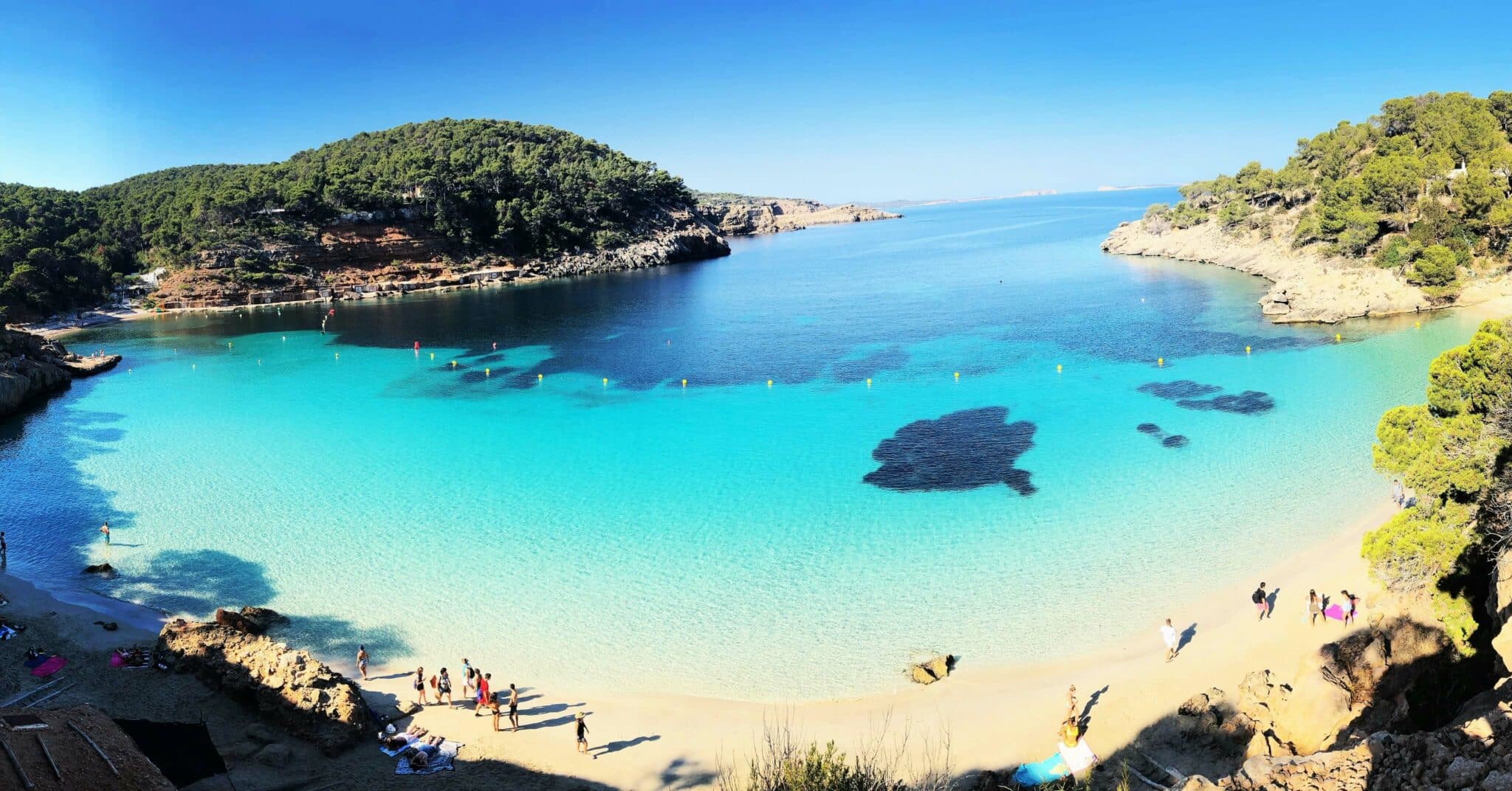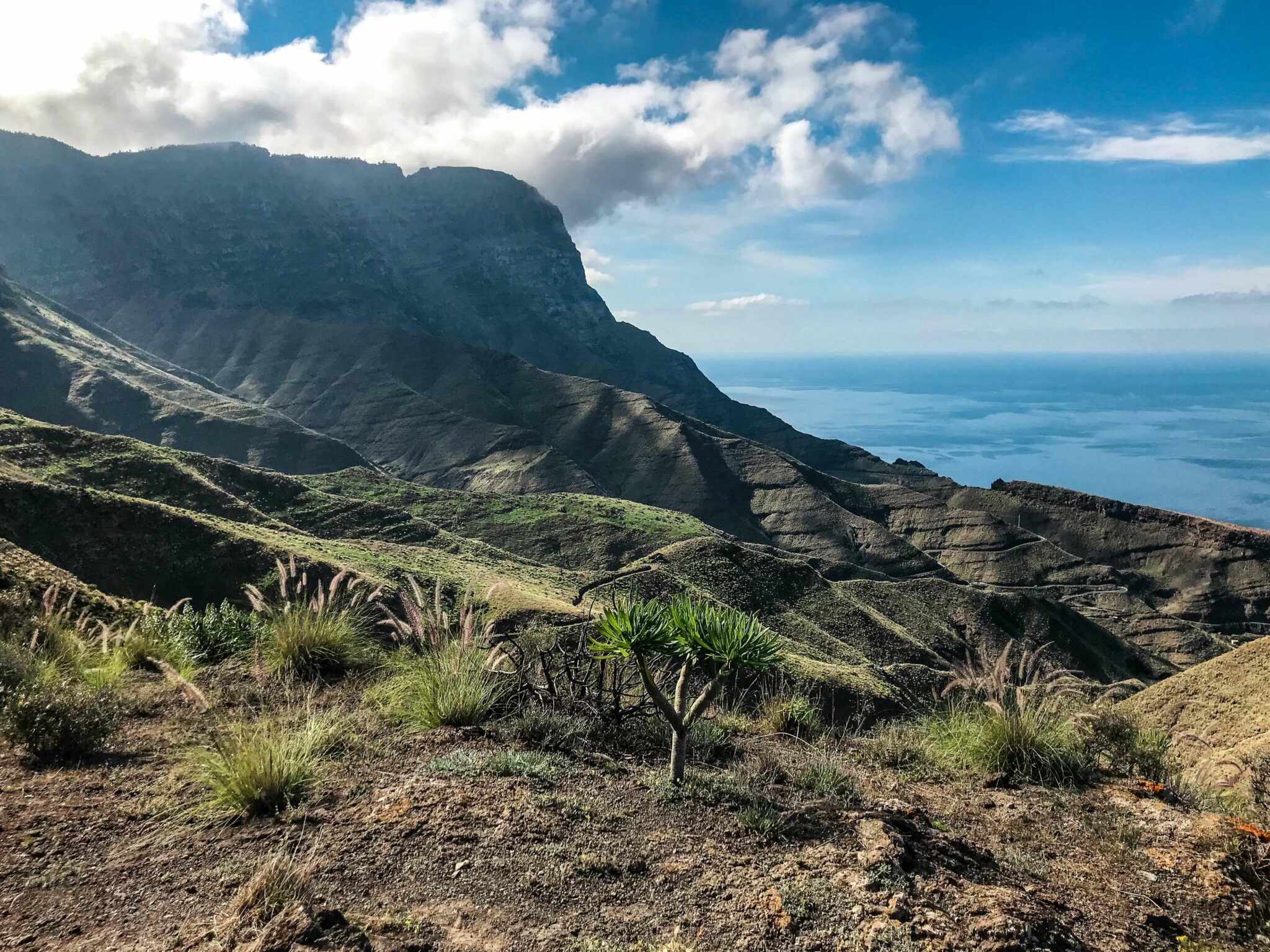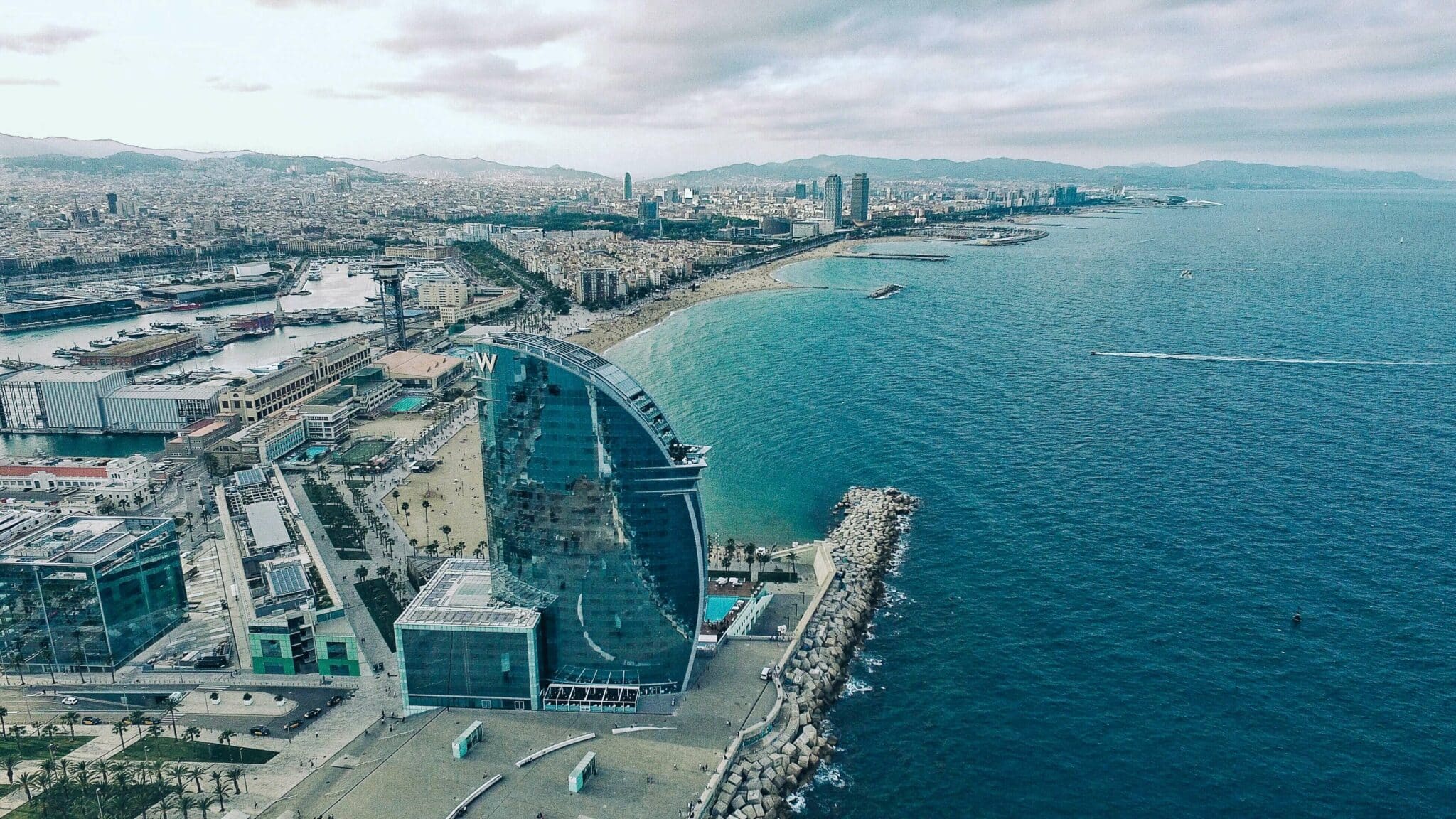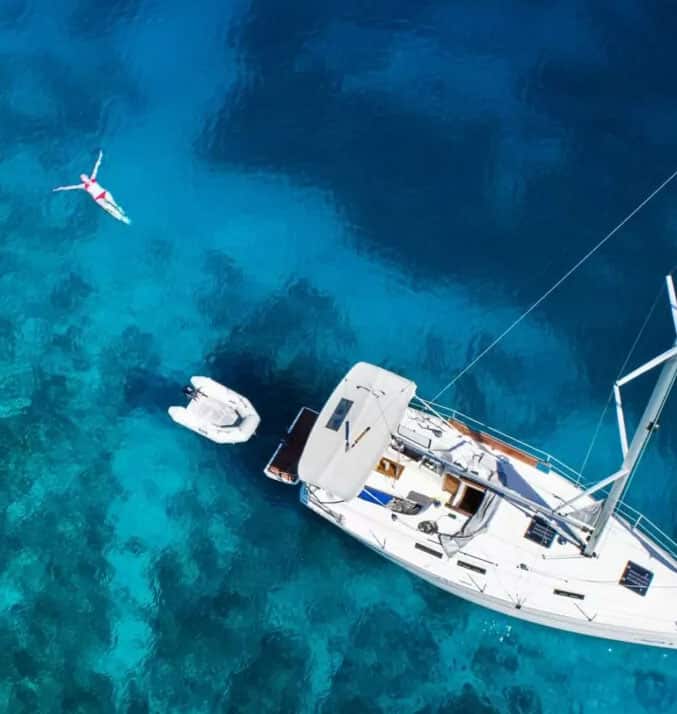BLACK SAILING WEEK
Up to 35% discounts and extra 5% on all bookings made until December 2nd, 2024
Experience Spain and its islands and beaches
Spain is a country in southwestern Europe, occupying 85% of the Iberian Peninsula, the Balearic Islands in the Mediterranean Sea, the Canary Islands in the Atlantic Ocean and 5 sovereign territories in North Africa.
Spanish mainland in the south and east is mainly bordered with the Mediterranean Sea and with Atlantic Ocean west of Strait of Gibraltar. Spain has close to 6,000 km of coast and is surrounded by two seas — the Mediterranean Sea and the Cantabrian Sea — and the Atlantic Ocean.
Spain has a long and famous history of sailing and their islands are perfectly equipped for sea-farers to enjoy today. Sailing in Spain is a unique experience without stress and with many possibilities to enjoy the rich culture, wonderful sunny days, excellent food, and long sandy beaches.
The coastline is very diverse and has a variety of landscapes. There are cliffs and sandy beaches, fertile farmlands, craggy mountains, olive groves, and rocky coves. Each of the coastal regions has its own unique character.
Currency: Euro
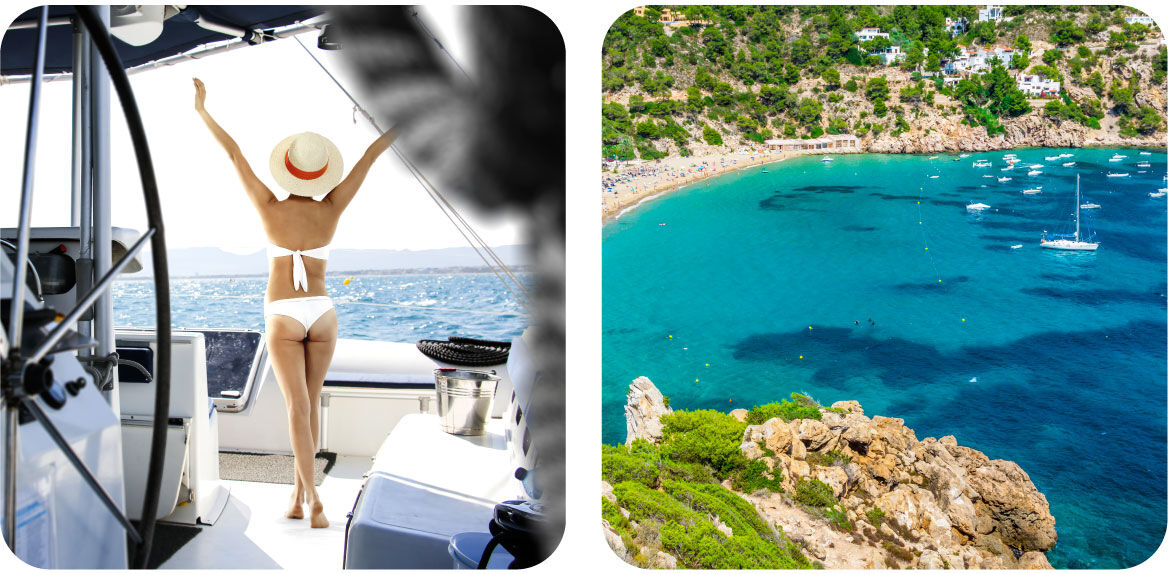
Sailing season and climate
You can sail around Spanish islands throughout the whole year. If you want to visit Spain in the winter, between November and February, the Canary Islands are a perfect choice. The climate is mainly sunny and warm, with temperatures very rarely going below 18ºC all year round. Besides that, the sea temperature is constantly close to 22ºC.
Yacht charter options
Most popular sailing destinations in Spain
Choose between the most popular starting points and suggested sailing routes
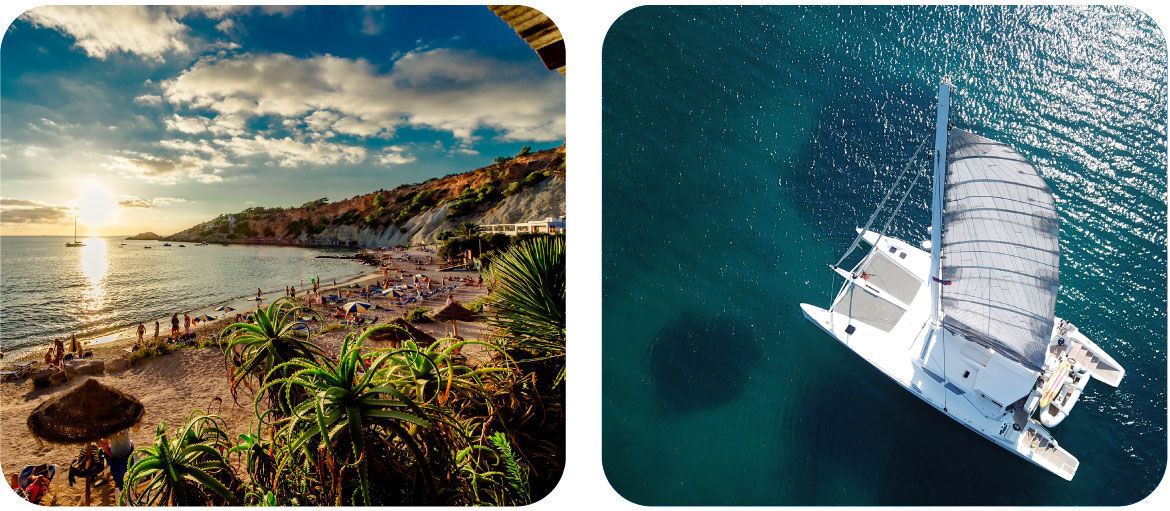
Preparation for sailing
To visit and discover the islands by sailing boat is a great way to experience all the good stuff that Spain is offering. You can decide between a crewed charter, cabin charter, or bareboat charter in case you have the right sailing license accepted in Spain.
Picking a boat type
Picking out the type of boat to go with will generally come down to your budget, the group size, and preferred method of sailing. Moreover, different sailboats available can be chartered independently or with a fully-staffed crew.
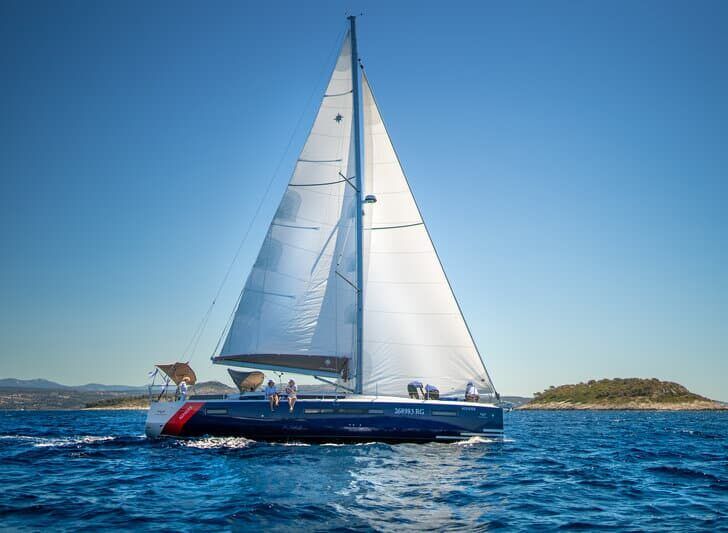
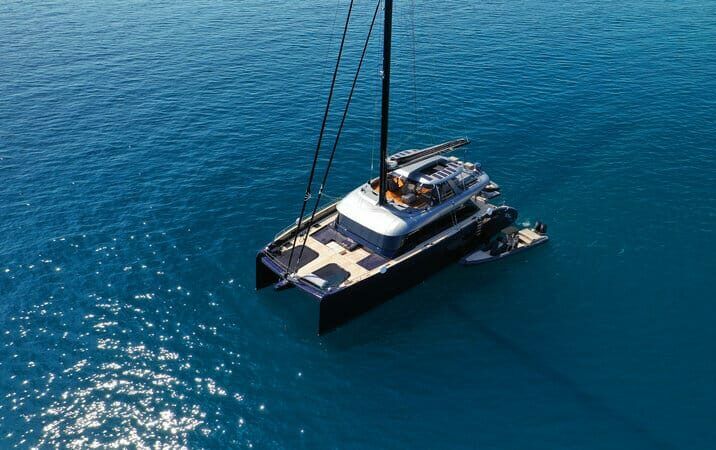
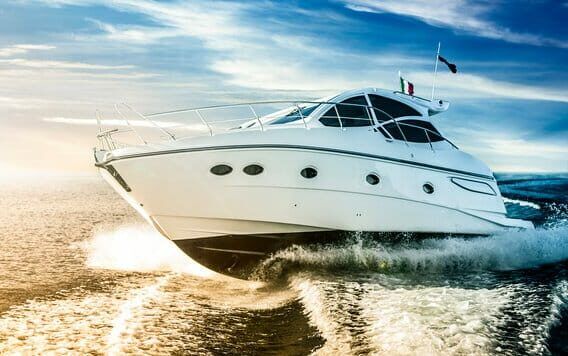

Starting from 160 EUR per day

Starting from 500 EUR per day



